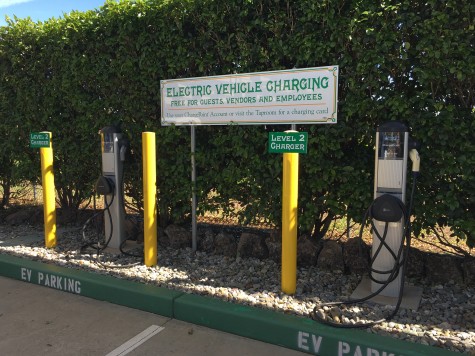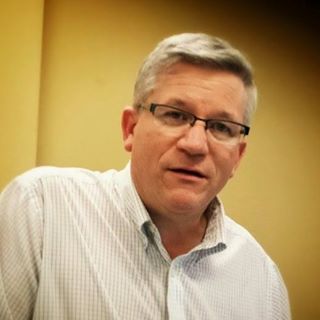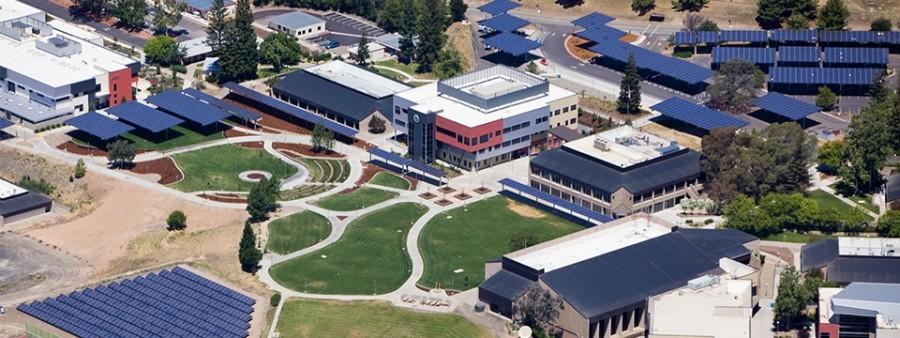Butte County is striving to meet 2020 emissions goals with help from a team of college students.
The Butte College Math Engineering Science Achievement program, also known as MESA, is a group of students interested in working in the technical field. The MESA program helps connect these students to internships and the resources they need to transfer to a four-year university in the future.
The MESA students have strong feelings toward the recently released Climate Action Plan, and they chose to use their knowledge to create a new form of sustainable energy.
In the plan, Sustainability Task Force chair Mark Stemen, discusses Butte County’s plans to reduce emissions and meet goals put in place in 2005. Some of those include installing solar panels, reducing air pollution and supporting sustainable policies by using clean energy.

“Of the 1,827 sites, the county has permitted 1,751 residential solar PV systems with a total of 36,749 kW, exceeding the residential target of 1,400 homes by 2020 established in measure EN10,” Stemen said.
Solar energy can be used to power any building, charging device and even cars. Goals regarding solar panels have been exceeded, and Butte College’s MESA program took solar panels one step further.

Last week at Chico State’s Sustainability Conference, some of the MESA students shared their experience in a Solar Energy Alternatives presentation. The club, alongside facilitator John Dahlgren, created a portable solar panel cart.
Attached to it was a battery pack and many different chargers to be used for phones, laptops and other electronic devices. The students created this contraption in just three short weeks before the conference took place.
Butte College was the first campus to go “grid positive” in June 2011.
“Butte’s campus is what we call ‘grid positive.’ This means that all of the energy obtained from the solar panels, all over campus, is given back to the school to be used for electricity and other sources that require power,” Dahlgren said.

Building and creating the portable solar panel was a challenge in itself, especially in the short amount of time. After creating and using it, the MESA team wants to improve its mobility, but also wants to educate the public about sustainable energy.
“With this mobile solar panel and charging station, we hope to continue to improve it and make it easier to carry and roll around,” Dahlgren said. “Our overall goal is to input drone technology in the programming so it can roam campus on its own as a sustainable charging tool for students.”
The students in the MESA program are working hard to improve their new invention and spread the word about sustainable energy to people of all ages in the Chico and Butte County community.
“This is our only option for long-term energy solutions. Solar energy is the future, and it is sustainable,” Dahlgren said. “Without it, the world is going to have a tough time surviving in the future.”
To learn more about the MESA program, visit their website.
Kayla Fitzgerald can be reached at orionnewseditor@gmail.com or @kaylafitz_20 on Twitter.





